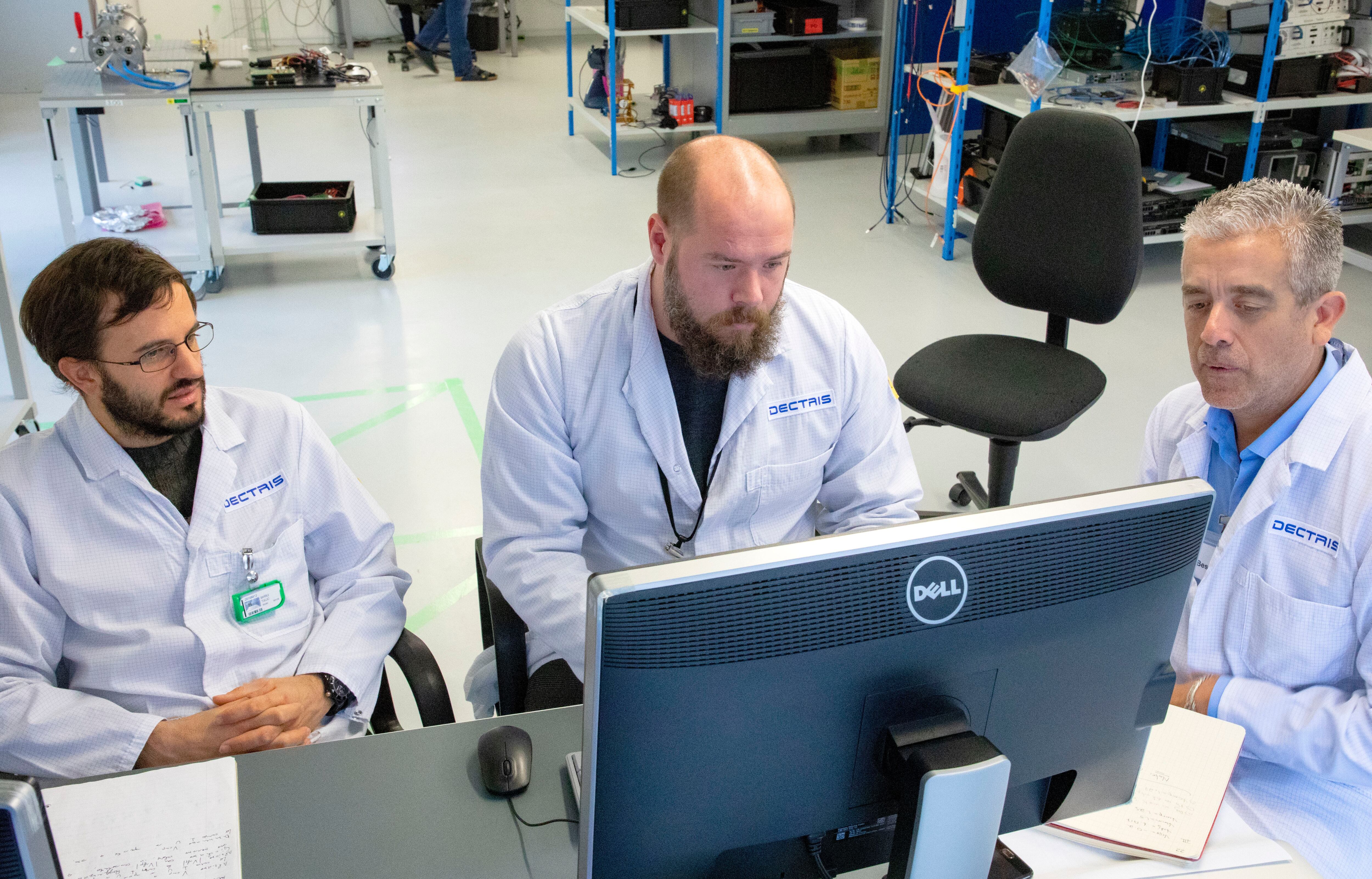Despite the bad reputation it carries, the nuclear energy It has great potential to become one of the new energy sources that our planet needs. This week, researchers at the US Department of Energy’s Princeton Plasma Physics Laboratory (PPPL) – including Peruvian physicist Luis Felipe Delgado-Aparicio Villarán – reached a milestone that could now make fusion an alternative. viable.
TO LOOK: Argentine banknotes ‘made in China’: a rapprochement between Milei and the Asian giant?
And what was achieved? For the first time, at the WEST nuclear reactor (located in southern France and coated internally with tungsten), a fusion plasma could be maintained at a temperature of around 50 million degrees Celsius for a record time of six minutes.
This discovery is very important because, firstly, it has been demonstrated that tungsten may be the most suitable material for manufacturing reactors on a commercial scale. On the other hand, it was possible to keep the plasma hot and dense enough to become a viable option for power generation.
As PPPL explained in a statement, scientists around the world are testing different methods to reliably extract heat from plasma while it undergoes a fusion reaction.
“We need to offer a new source of energy, and the source must be continuous and permanent,” said Xavier Litaudon, scientist at the French Alternative Energies and Atomic Energy Commission (CEA).
This discovery was made at the WEST reactor, which are the English initials for Tungsten Environment in Steady State Tokamak or steady state tungsten environment. You may wonder where the W comes from? It is the chemical symbol for tungsten. And what does Tokamak mean? This is another acronym, although this time it comes from Russian, which means toroidal chamber with magnetic coils. And what does toroidal mean? Which is shaped like a donut. Therefore, when they refer to a Tokamak, it is a donut-shaped nuclear reactor that runs on hydrogen.
Over the years, nuclear fusion research has faced several obstacles. When the plasma is hot and dense enough, fusion occurs, but when energy is increased to heat it, the density of the plasma does not increase. This phenomenon is known as the density limit or Greenwald limit.
In 2012, together with his colleague David Gates, the Peruvian Delgado-Aparicio postulated that this was due to a series of impurities or bubbles that appear during the process, cool the plasma and function as shields that block the entry of energy into the reactor and prevent it from functioning properly. .
This work was extremely important in the development of nuclear energy. Three years later, the PPPL awarded Delgado-Aparicio Villarán a scholarship US$2.6 million to continue these investigations.

“We discovered that the walls of the reactors were made of graphite (composed almost exclusively of carbon), which generated these impurities. Therefore, the scientific community chooses to change the material to tungsten, which resists heat better and prevents the accumulation of impurities on its walls. […]. It has been great to be able to demonstrate that by changing the material it is possible to obtain a hot plasma, on the order of millions of degrees, over a very long period of time”, explains Delgado-Aparicio to The trade.
For his part, Remi Dumont, head of the Plasma Experimentation and Development Group at the CEA Magnetic Fusion Research Institute and scientific coordinator of the experiment, described it as “a spectacular result”.
As part of this study, to carry out the different measurements, PPPL researchers used a specially adapted X-ray detector that was integrated into the WEST Tokamak. Peruvian physicist Luis Felipe Delgado-Aparicio participated in this experiment as the main physics scientist and used to confine hot plasmas using magnetic fields from around the world,” he noted.
And why should we be excited about the fact that plasma can only be maintained for six minutes or 360 seconds? “Because this is just the beginning. At the end of this year we will reach 1,000 seconds and probably in February of next year we will reach 10,000 seconds. The entire international community is obtaining results that we did not have two or five years ago”, adds the Peruvian physicist. The main reason is that states and private companies are allocating more resources to research and the development of the technology that allows these advances is increasingly rapid.
Nuclear fusion from fusion uses hydrogen-based elements such as tritium or deuterium (hydrogen isotopes), which is a widely available raw material. Furthermore, it is safer because there is no division of atoms and because the residue is helium, which can be reused by industry.
Source: Elcomercio
I am Jack Morton and I work in 24 News Recorder. I mostly cover world news and I have also authored 24 news recorder. I find this work highly interesting and it allows me to keep up with current events happening around the world.

:quality(75)/cloudfront-us-east-1.images.arcpublishing.com/elcomercio/FH6AZRJYD5F3XC3LC5NQ4E3YGY.jpg)

:quality(75)/cloudfront-us-east-1.images.arcpublishing.com/elcomercio/W6U6VJS5M5GAPCUQ3OFAXRF5QI.jpg)
:quality(75)/cloudfront-us-east-1.images.arcpublishing.com/elcomercio/332MGD7T6NCCXKGMSDO3YXX46A.jpg)


